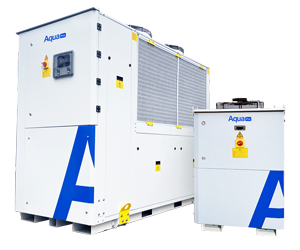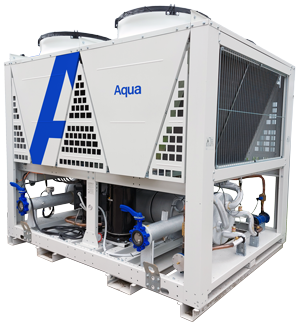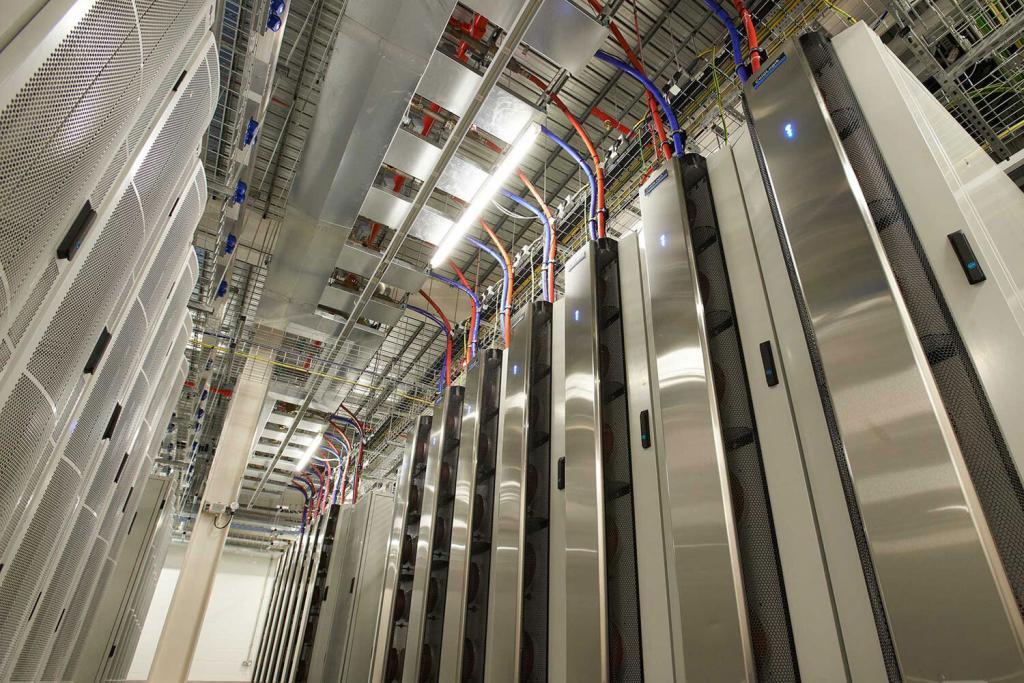Our innovative cooling system uses the very latest data centre rear door heat exchanger technology to bring unprecedented levels of energy saving, flexibility, safety and reliability to a data centre set-up.
Heat is taken directly at source via a rear door heat exchanger which gives precision cooling to the entire rear face of the server cabinet and ensures there is no recirculation of hot air. The heat exchanger utilises water as it’s cooling medium (which is 3500 times more effective than air by volume) and results in an extremely energy efficient and reliable chilled rack environment. The water is chilled to 14ºC, compared to 6ºC with a standard CRAC unit, giving increased performance on the external chillers of 15%.
The Aqua Vac leak prevention system (patent pending, GB0819910.1) eliminates any danger of water leakage. The pipe work system works completely under negative pressure with air being continually sucked in. In addition, dew point control prevents any condensation forming on the back of the heat exchanger, even in the height of summer.
In summary, advantages include:
- Considerable power reduction/energy saving – between 68-75% when compared to a typical CRAC unit. A substantial saving on overheads when you consider that a third of data centre running costs are commonly attributed to refrigeration/air conditioning.
- Direct cooling at heat source.
- Constant vacuum system – no risk of leakage, plus dew point control.
- Versatility – easily expandable and workable with an existing system. For example, if you have installed newer, additional, more powerful servers to your data room you can add our rear door heat exchangers to individual cabinets to eliminate the increased heat load.
- Fully compatible – can be retro fitted to any brand of server, you can change rack supplier but still utilise the same cooling equipment.
- Requires no specific site plan and no additional floor space.
- DX version available – works on refrigeration rather than water and uses a condenser rather than chiller system. This is ideal for situations where there is no option to site a chiller externally to a building, for example in central London or if landlord agreements prohibit.




